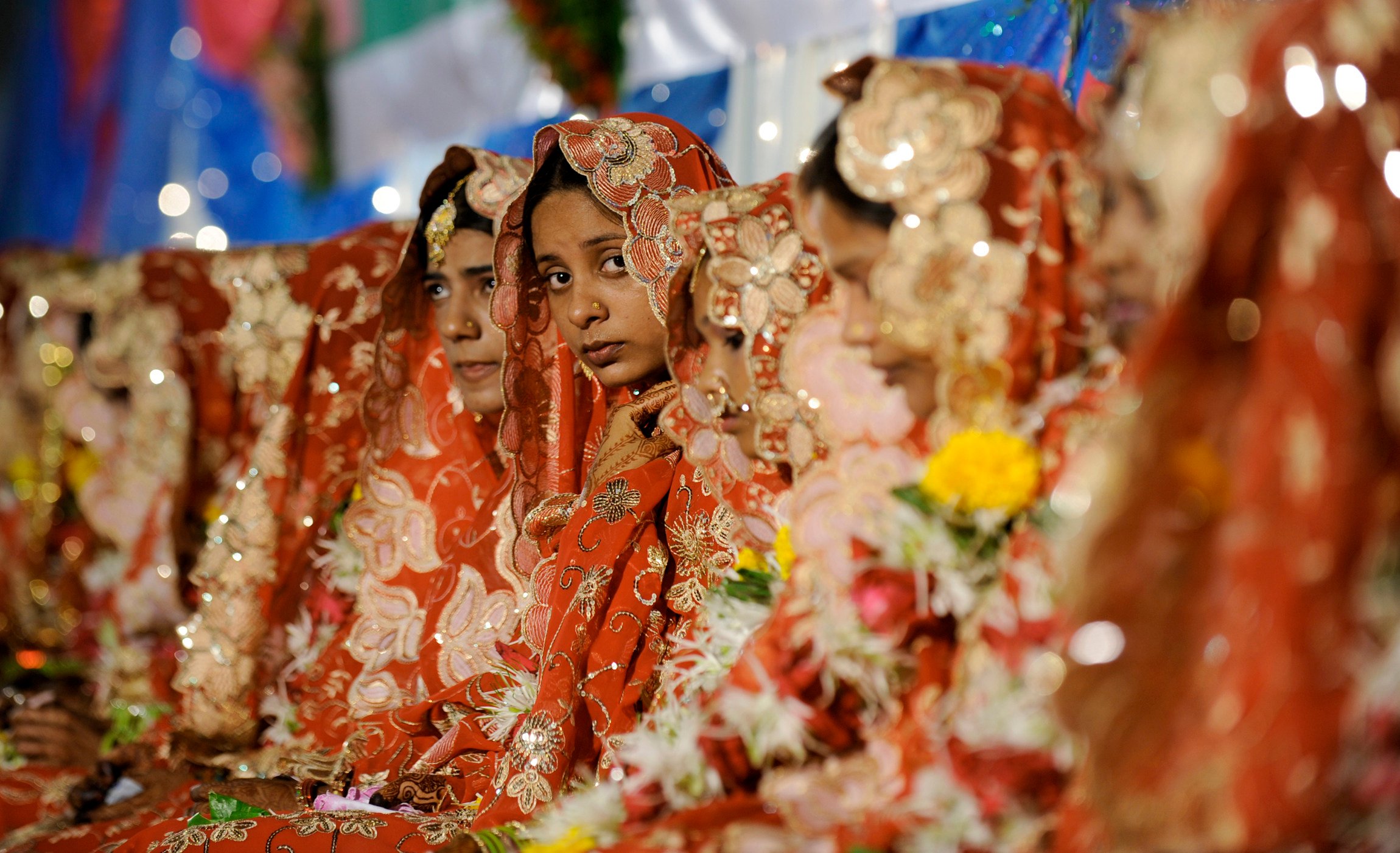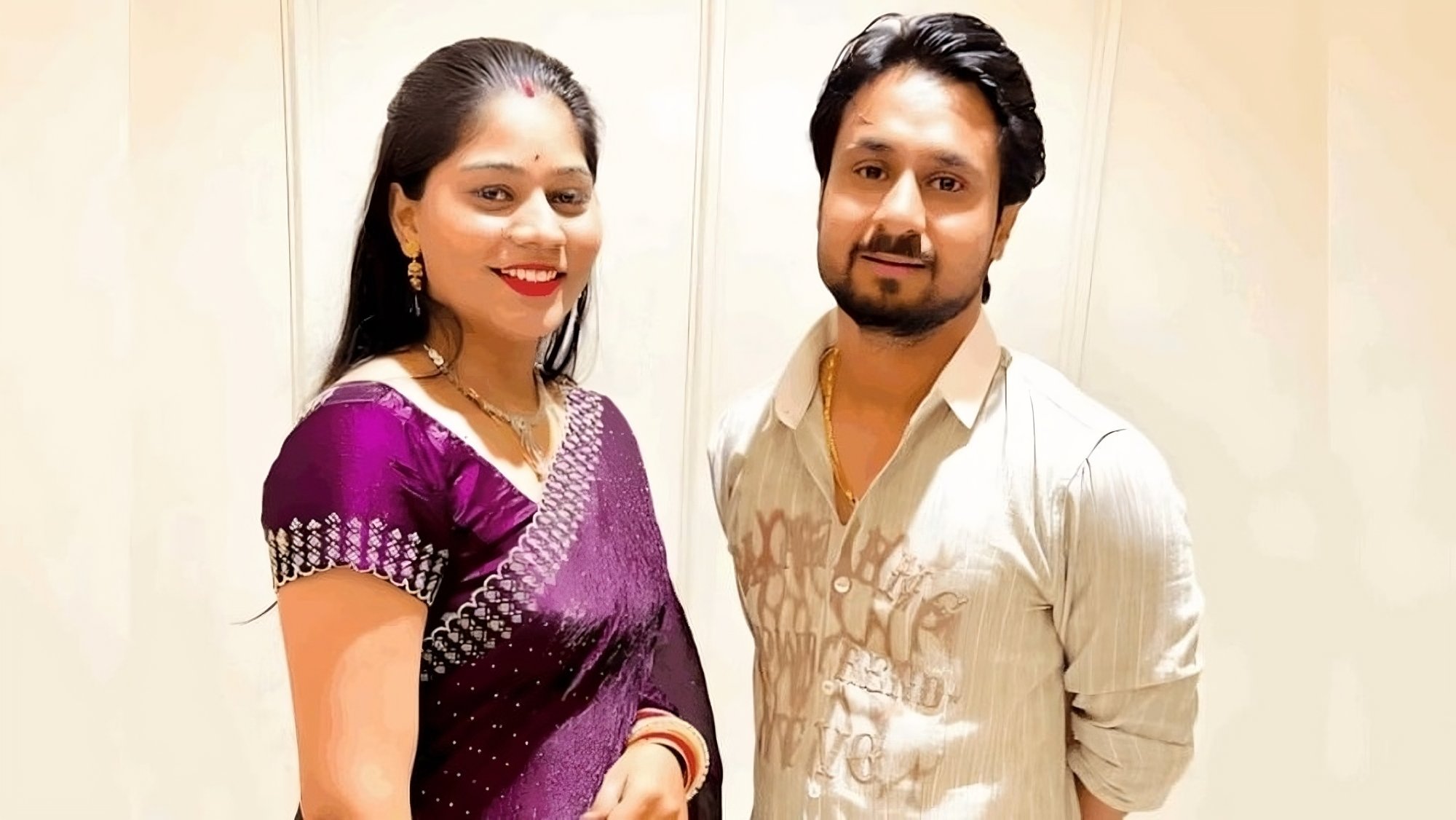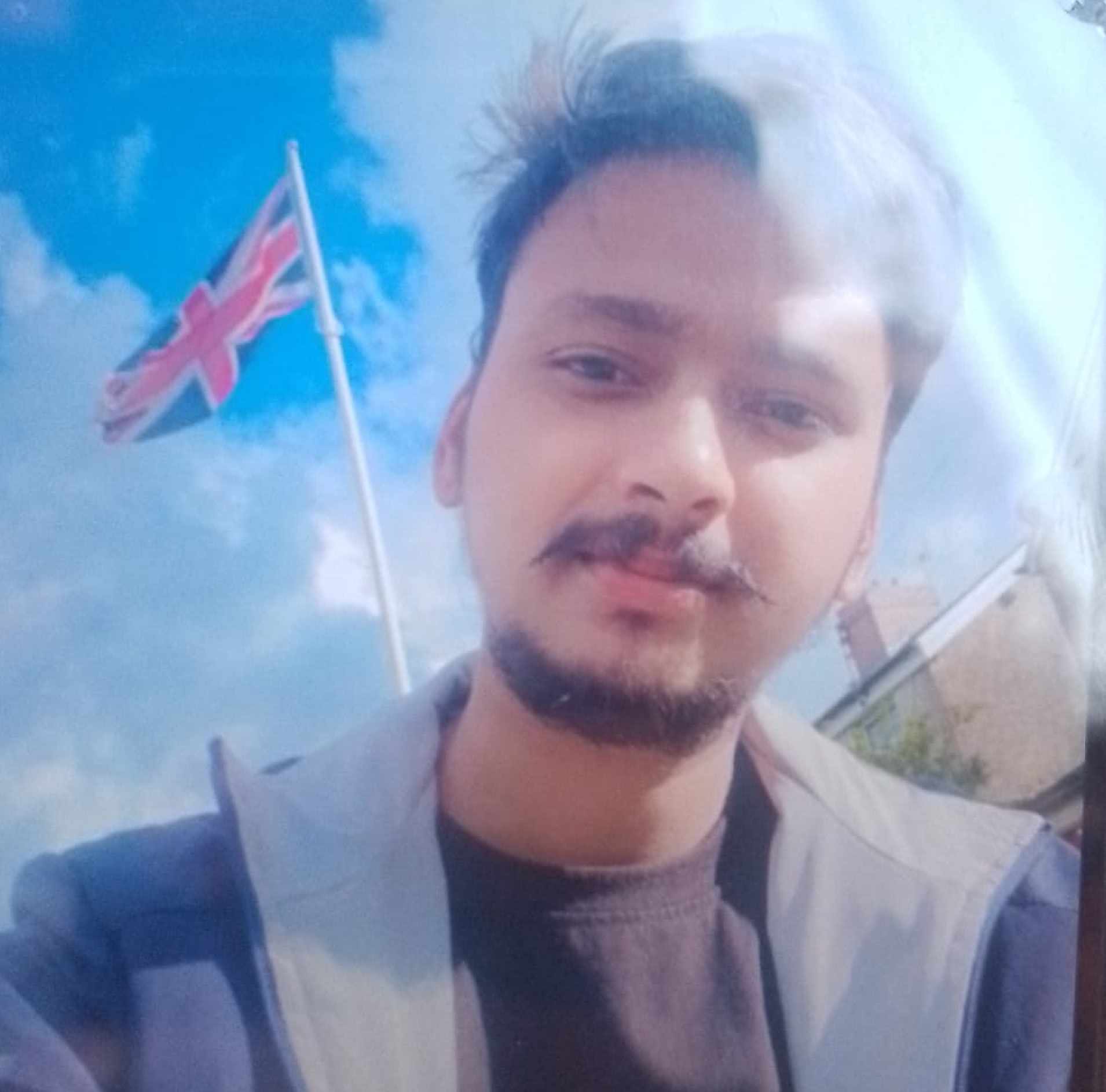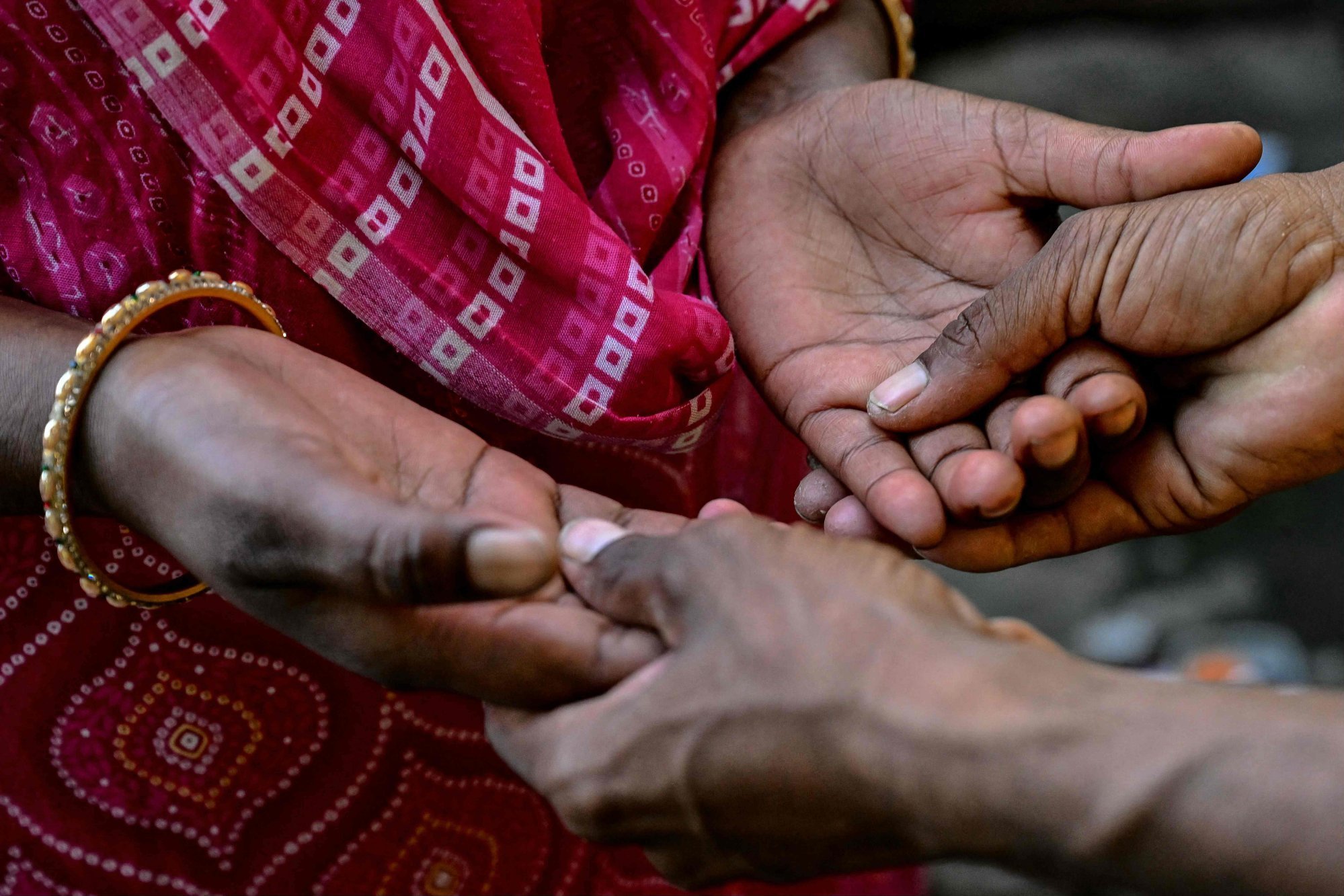Arranged to kill? Newlywed wives accused of murdering husbands stun India
From honeymoons to hired assassins, these shocking cases reveal a chilling new pattern disrupting traditional victim narratives

What happens when women become the accused in a society accustomed to viewing them as victims? A recent spate of spousal killings involving newlywed brides in India has upended social assumptions and sparked debate over gender, justice – and the price of compulsion.
The latest case – a chilling murder on a honeymoon – has riveted the Indian public. Earlier this month, police in Madhya Pradesh accused 25-year-old Sonam Raghuvanshi of conspiring with her boyfriend to hire assassins and murder her husband Raja Raghuvanshi, 30, while the newlyweds were travelling in the northeastern state of Meghalaya. Their marriage, like most in India, had been arranged.
It was late May when Raja’s decomposed body was found following an extensive search. Investigators allege that Sonam orchestrated the killing. Her father has vehemently denied the claim, accusing authorities of “making up stories” and demanding a federal inquiry.

As the investigation unfolds, the case has become emblematic of what some legal experts describe as a disturbing new trend: wives accused of plotting to kill their husbands, often in concert with lovers from before their marriage.
“The phenomenon of newlywed brides murdering husbands in conspiracy with boyfriends is not entirely unprecedented, but its increased frequency, boldness and brazenness make it a disturbing emerging pattern in recent times,” said Bhargav Baisoya, a lawyer at Jotwani Associates in New Delhi.
The headlines have come in quick succession. In March, a 22-year-old named Pragati, barely two weeks into her arranged marriage in Uttar Pradesh, was accused of collaborating with her boyfriend, Anurag, to hire contract killers to murder her husband, Dilip.

That same month in Meerut, police discovered the remains of former merchant navy officer Saurabh Rajput, his body stuffed inside a cement-filled drum. Investigators allege his wife, Muskan, and her lover, Sahil Shukla, drugged him and then stabbed him to death.
And in January, a woman named Rani allegedly killed her husband, Maheshwar Rai, after an argument over her frequent dance videos on Instagram.
For many, these cases illuminate a darker reality behind forced marriages. Niharika Karanjawala-Misra, a senior associate at law firm Karanjawala & Co, believes they highlight the urgent need for a societal shift.
“The fact that young women are resorting to measures of this kind to escape marrying someone against their wishes, thereby depriving an innocent person of their life and ruining their own lives … should signal to families that forcing anyone into a marriage … is not a desirable and optimal choice,” she said.
‘Crime has no gender’
India’s courts have historically prioritised the protection of women from abuse within marriage, particularly in cases involving dowry demands or harassment by in-laws. But the new wave of cases implicating women as perpetrators has prompted calls for a more gender-neutral enforcement of the law.
The debate now extends beyond individual crimes to the psychological and social pressures that may drive such acts. “While earlier, much attention was focused on atrocities against women within marriage, we are now witnessing cases where women have become active perpetrators, not victims,” Baisoya said.
Under India’s new criminal code – the Bhartiya Nyaya Sanhita, which came into effect last July – murder by conspiracy is prosecuted under Section 101 and criminal conspiracy under Section 103, both of which are gender neutral.
Yet Baisoya contended that “men as victims within the domestic sphere are receiving delayed or diluted attention, especially where societal biases lean heavily in favour of women, often presuming their innocence”. “This aspect must change,” he said.

Laws such as the Dowry Prohibition Act of 1961 were designed to protect women from violence, but their effectiveness remains contested as dowry deaths and harassment persist. Some lawyers also argue that such legislation can be misused to harass husbands and in-laws.
“One strong contributing factor is the perception and often the reality that women are less likely to be arrested, harshly interrogated, or prosecuted with the same rigour as men, especially in matrimonial matters,” Baisoya said.
For decades, women have been cast primarily as victims in India’s legal and cultural narrative. Women-centric laws, introduced to redress historic inequities, are rarely questioned, according to Baisoya.
“Even today, despite gender-neutral reforms, law enforcement officers tend to hesitate in treating women as the primary accused, particularly in domestic crimes,” he said, adding that the new criminal code “seeks to reduce this gap, but judicial discretion and police practices must catch up with the reality that crime has no gender”.
Even today, despite gender-neutral reforms, law enforcement officers tend to hesitate in treating women as the primary accusedBhargav Baisoya, Indian lawyer
Lawyers caution against drawing blanket conclusions about the motivations behind these murders – each case, they say, is shaped by its own mix of anger, dowry disputes, betrayal or desperation.
Karanjawala said that while the apparent rise in women orchestrating their husbands’ deaths had caught the public imagination, media coverage could be exaggerating the trend.
“Not only is it a societal deviation for an Indian woman, generally considered more passive, to be involved in the murder of her husband, it is also a legal and statistical deviation, since most fatal encounters between married couples in India involve the death of the woman,” she told This Week in Asia.
Many accused women have yet to be convicted, with trials still pending. But while women have mostly been at the receiving end of domestic violence in India, Karanjawala stressed that far more must be done to address the under-reporting of male victims, given the stigma and indifference that often prevail.
“De-stigmatising reporting and taking cases of domestic violence against both genders more seriously is not only the need of the hour, it could also help reduce killings of this kind,” she added.